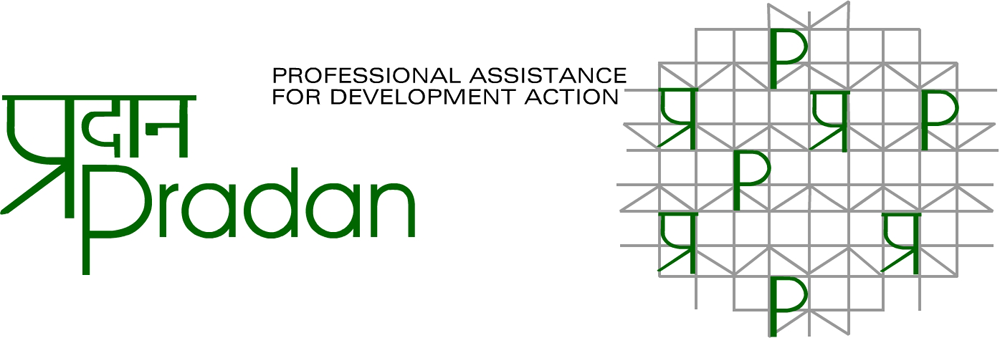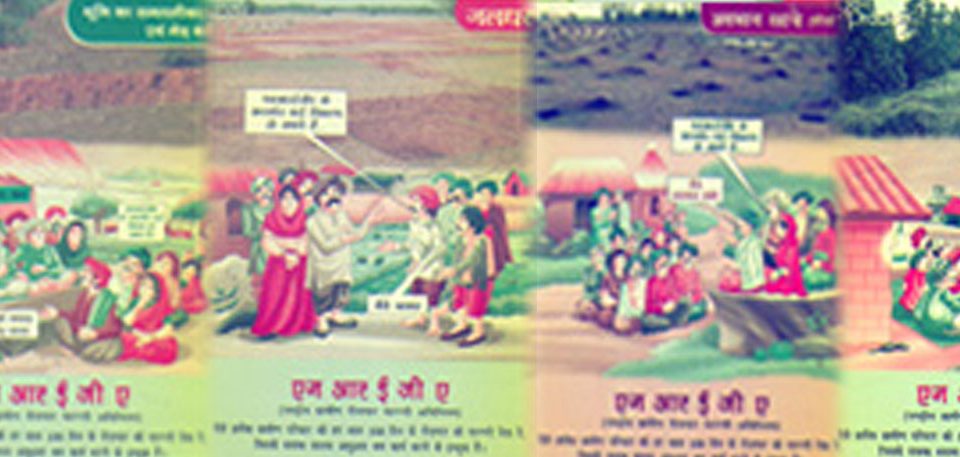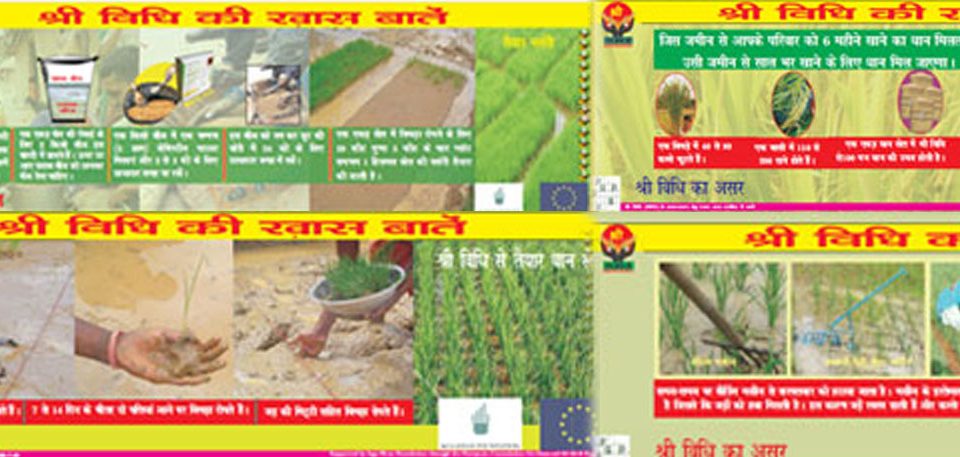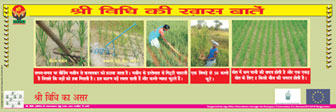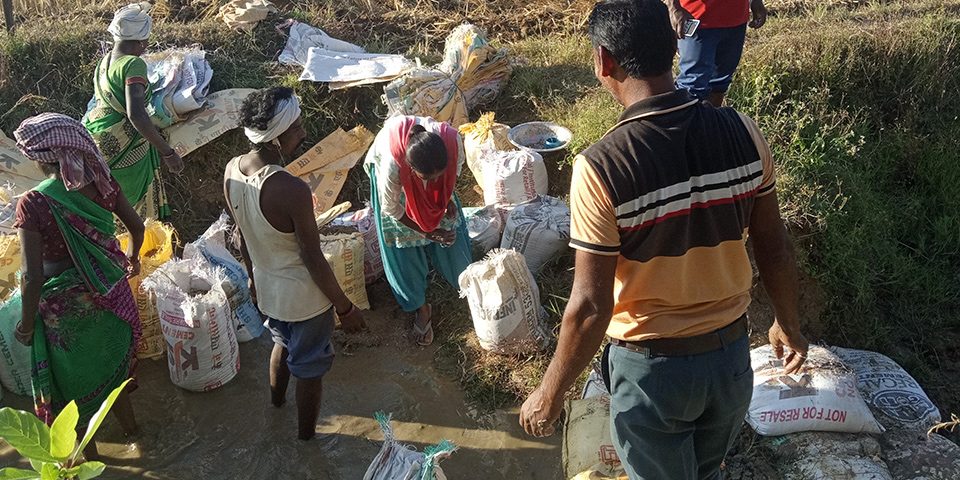Our Field Work
 Handbooks
HandbooksMapping the journey and impact of the PRADAN Alumni -A Tracer Study
In the spring of 2011 PRADAN invited Start Up! to conduct a tracer study (“Project”) to track the journeys of PRADANites.(Start Up! provides a range of advisory services and strategic expertise to CSOs for strengthening their knowledge capital, organizational processes and programmatic strategies towards growth and impact.)
PRADAN wanted to track the journeys of those who had graduated through its apprenticeship programme or PRADAN alumni after their departure from PRADAN and the impact that they have made in organizations and sectors, across the country .The document is driven with the objective to map the journeys and impact of the PRADANites across the country and to identify sectors across the country that place a premium on the PRADAN approach to development .
- Date
- February 13, 2017
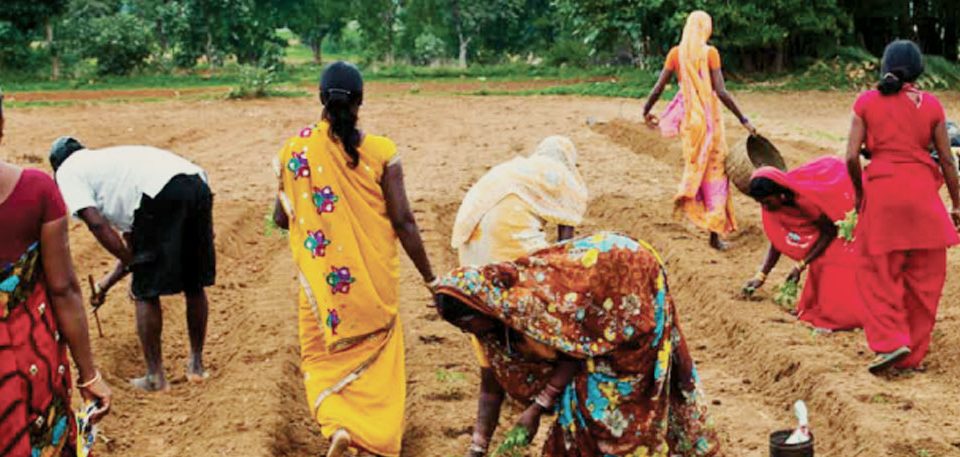 Handbooks
HandbooksTASAR Hand Book
Rainfed agriculture has traditionally been the main livelihood activity for poor families in rural India, which is supplemented in varying degrees by dependence on forests, small livestock rearing, handicrafts, wages, and hunting and gathering. Improving productivity of agriculture is essential to enhance rural livelihoods but agriculture has inherent limits as a livelihood option for landless families. Thus, besides increasing agricultural productivity, the challenge is to develop livelihood opportunities based on other occupations that supplement agricultural income, offset its uncertainty and exploit the growing demand for niche products, especially in urban centres. It is in this context that Tasar Sericulture becomes important since it has the potential to provide a stable income for the rural, especially tribal poor communities. Livelihood opportunities in Tasar Sericulture, thus, aims to serve as a resource book for individuals and/or organisations who are interested in promoting Tasar sericulture as a livelihood option in their respective areas. With its illustrative descriptions, the book guides the reader through the various dimensions of Tasar sericulture for poor farmers, including the livelihood perspective of Tasar sericulture, along with minute details of initiating and managing the activity in a sustainable manner.- Date
- February 13, 2017
 Handbooks
HandbooksLivelihood Opportunities in Broiler Farming
"Livelihood perspective of Poultry along with the details of launching and managing the activity, keeping in mind the aspect of long-term sustainability. The book focuses on the essential elements of a small holder poultry model. It elaborates on the processes such as training of producers, intensive production support and market to help ensure production efficiencies comparable to industry standards"- Date
- February 13, 2017
Implementing Integrated Natural Resource Management Projects under the National Rural Employment Guarantee Act 2005
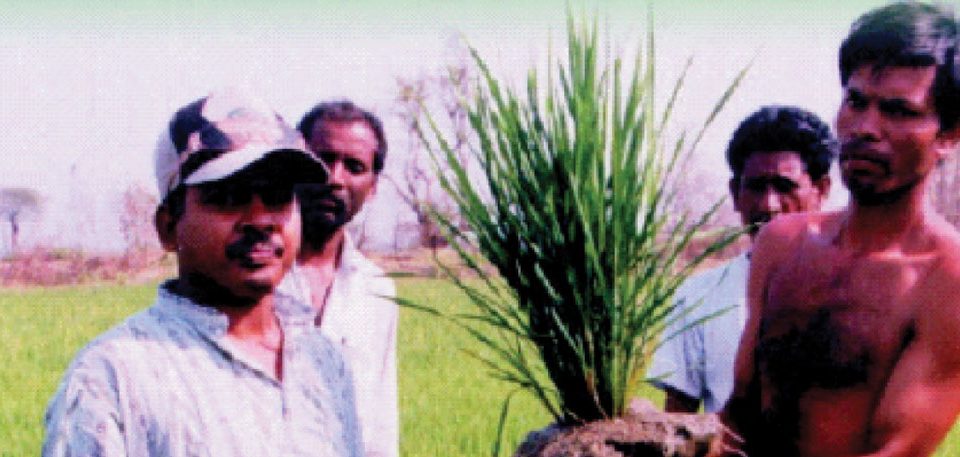 Handbooks
HandbooksImplementing Integrated Natural Resource Management Projects under the National Rural Employment Guarantee Act 2005
This handbook is the result of our efforts to share our experience in implementing INRM projects in the hilly undulating regions of the Agro Ecological Zone VII. This is the result of a joint initiative of the Ministry of Rural Development (MoRD), Government of India, the United Nations Development Programme (UNDP), and PRADAN to document strategies that could be used for implementing programmes under NREGA.- Date
- February 13, 2017
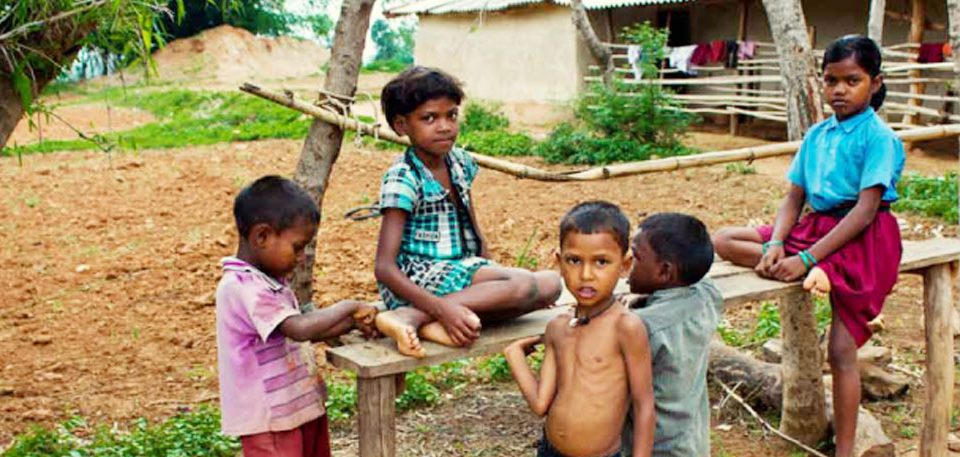 Handbooks
HandbooksThe Savings and Credit Manual
PRADAN has promoted more than 7,512 Savings and Credit Groups with a combined membership of over 106,090 women in seven states across India. The goal of promoting these groups is to create an avenue for women to save and gain access to credit to meet their consumption and production needs. The strength derived from working together in a collective also increases the women’s confidence and view of self. This manual broadly outlines the processes that a development worker can adopt to assist rural women to form savings and credit groups in the village. The practices mentioned in the manual are based on the experiences of working with women’s groups from across different locations in PRADAN’s Savings and Creditprojects.- Date
- February 13, 2017
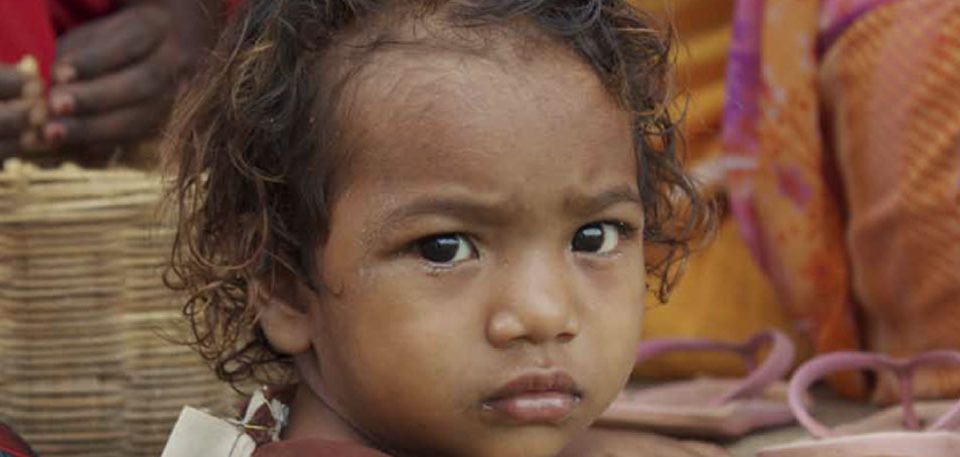 Handbooks
HandbooksStrands of Life – Promoting Tasar Yarn Production among the Rural Poor.
With shrinking opportunities in farming, it has become imperative to generate sustainable livelihood options in the non-farm sector. Tasar yarn reeling used to be done by women from weaver families as part of their household weaving enterprise. PRADAN’s intervention in the Tasar sub-sector in Jharkhand and Chhattisgarh has helped evolve this activity as a substantial undertaking in itself with the potential to enhance incomes among the rural poor. Strands of Life is a handbook on undertaking Tasar Yarn Reeling. It describes how poor rural women can be equipped with the skills, infrastructure, inputs, and marketing support required for the activity to become a sustainable means of income.- Date
- February 13, 2017
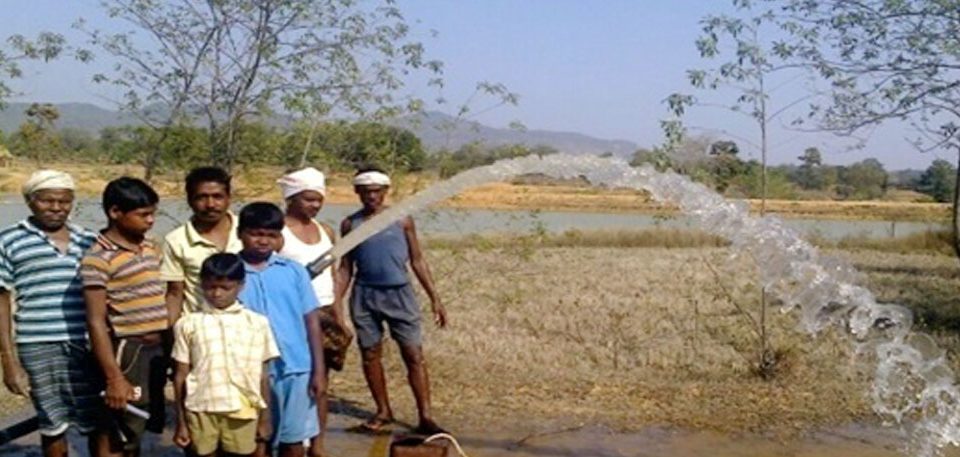 Handbooks
HandbooksLiving Waters – Promoting Community Managed Micro Lift Irrigation Among the Poor
Living Waters is one in a series of Handbooks published by PRADAN seeking to lay down a standard set of steps for Community Managed Small Lift Irrigation systems in rural India. The purpose is to develop models for enhancing the quality of livelihood infrastructure for the poor in the country’s backward regions. This publication draws on the extensive experience over many years of PRADAN in rural Jharkhand, odisha, West Bengal, and Chhattisgarh of designing and implementing community-managed small irrigation systems. These systems compare favourably on a variety of indicators such as investment per unit cropped area, ease of installation, command area utilisation, operating costs, and community participation in management, with the large irrigation systems implemented by State agencies.- Date
- February 13, 2017
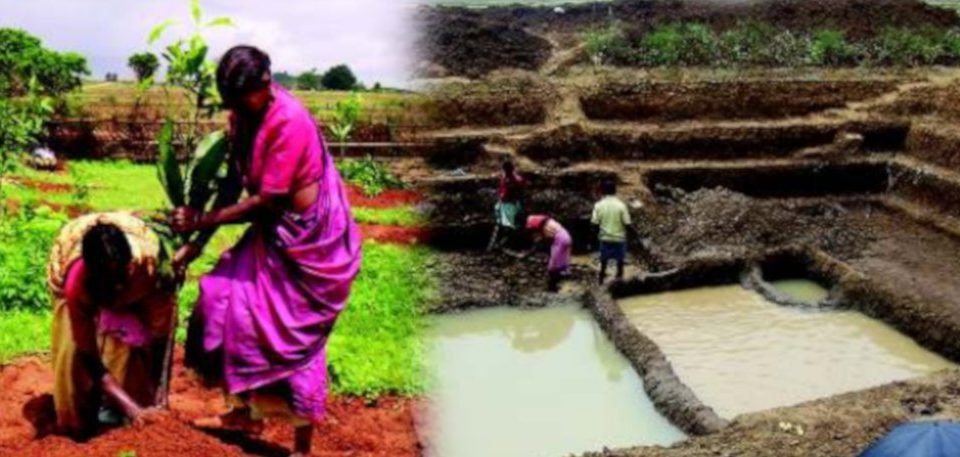 Reports
ReportsNREGA Beyond Wages to sustainable livelihoods
The National Rural Employment Guarantee Act (NREGA) came into force in September 2005. The guidelines issued by the Ministry of Rural Development (MoRD) emphasise that it is a rights-based programme, which makes the State legally accountable to provide wage employment to those who demand it. The Act provides a social safety net to the rural poor by providing wage employment in times of dire need. The various provisions in the Act – such as, legally binding the State to provide employment, total ban on the use of contractors, transparency and accountability at all stages through social audit, unemployment allowance if employment not given – are path breaking in the history of rural development in India. The Act also aims to strengthen decentralised planning and implementation by making Panchayati Raj Institutions (PRIs) the implementing agency for the schemes.- Date
- February 13, 2017
 Reports
ReportsProducer Companies Linking Small Producers to Markets
Enhancing livelihoods of small producers below the poverty line has unique challenges. It requires capital and knowledge infusion from outside to enhance production as well as increased linkages with external markets. However, markets are often situated far away from villages where small farmers and artisans stay. There is need for aggregation, sharing services and absorbing price risks, leading to the necessity of promoting producers’ organisations that serve these needs in a sustainable manner. Important too is the need for these producers’ organisations to adhere to principles of member-ownership, members’ participation in governance, efficient operating systems and transparent processes.- Date
- February 13, 2017
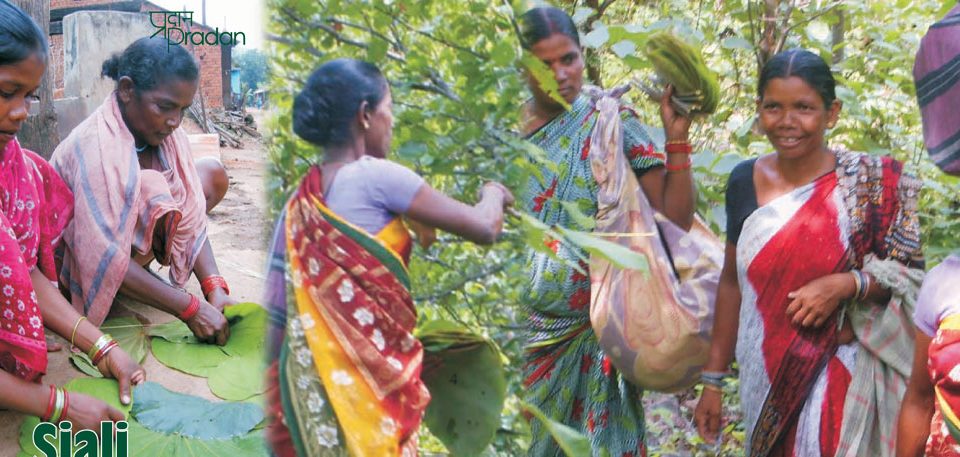 Brochures
BrochuresA document on the Siali leaf-plate making activity
Rainfed agriculture has traditionally been the main livelihood activity for poor families in rural India, which is supplemented in varying degrees by dependence on forests, small livestock rearing, handicrafts, wages, and hunting and gathering. Improving productivity of agriculture is essential to enhance rural livelihoods but agriculture has inherent limits as a livelihood option for landless families. Thus, besides increasing agricultural productivity, the challenge is to develop livelihood opportunities based on other occupations that supplement agricultural income, offset its uncertainty and exploit the growing demand for niche products, especially in urban centres. It is in this context that the Siali Leaf Plate intervention assumes great importance for people living in the forest villages of the Kandhmal district in odisha. The Siali leaf-plant grows only in Sal jungles in certain parts of India, making it difficult to access. It has, however, remained the preferred raw material for making leaf plates for various reasons: its large size, its durability, and the obvious eco-friendliness. PRADAN first came down to the community in 2002 with the objective of increasing income levels by 100%, by way of forming Self-Help Groups (SHGs), providing training and technology to enhance and upgrade the product quality, and offering market linkages to directly sell the product to wholesale buyers and ensure higher profit margins. PRADAN's intervention has since led to the formation of Kandhamal Women's Leaf-plate Cooperative Limited for promoting the Siali Leaf plate makers.- Date
- February 13, 2017
 Brochures
BrochuresLacquered Dreams
Lac rearing is one of the most preferred livelihood options for thousands of poor tribal families living in the forest fringe areas of Assam, Chattisgarh, Gujarat, Jharkhand, Madhya Pradesh, odisha and West Bengal. Today, the gap between domestic production and supply of lac stands at 10,000 MT worldwide, which can result into creating livelihoods for as many as one lakh families. This brochure documents Pradan’s vision, intervention strategies and methodologies in reviving this traditional activity amongst the forest fringe tribal families in Jharkhand and other states.- Date
- February 13, 2017
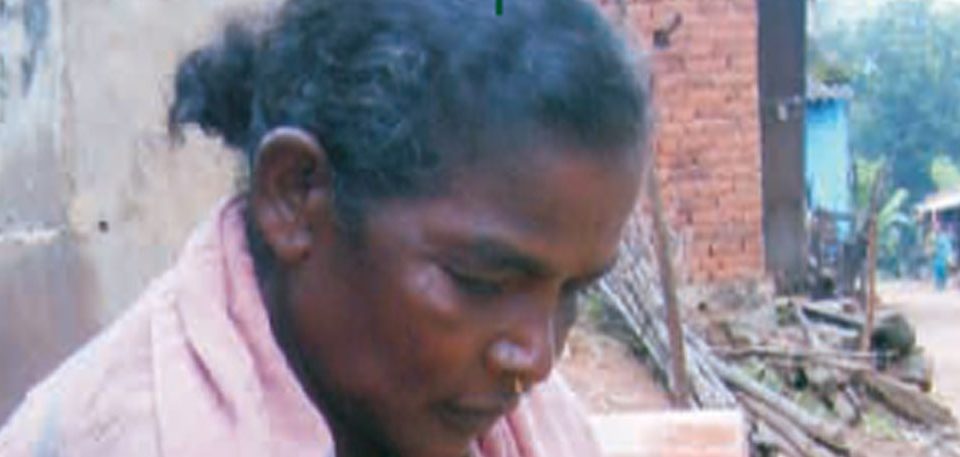 Brochures
BrochuresLighting up the Hills
Confined to the top of the hills amidst the dwindling forests in Santhal Pargans, the Pahariyas are officially a Primitive Tribal Group. Suffering from poverty and diseases, their numbers too are decreasing. Pradan has been implementing a special project with the Pahariyas, supported by the Ministry of Rural Development and the United Nations Development Programme, which has brought alive the hopes of thousands of Pahariya living in Sundarpahari in Godda.- Date
- February 13, 2017

